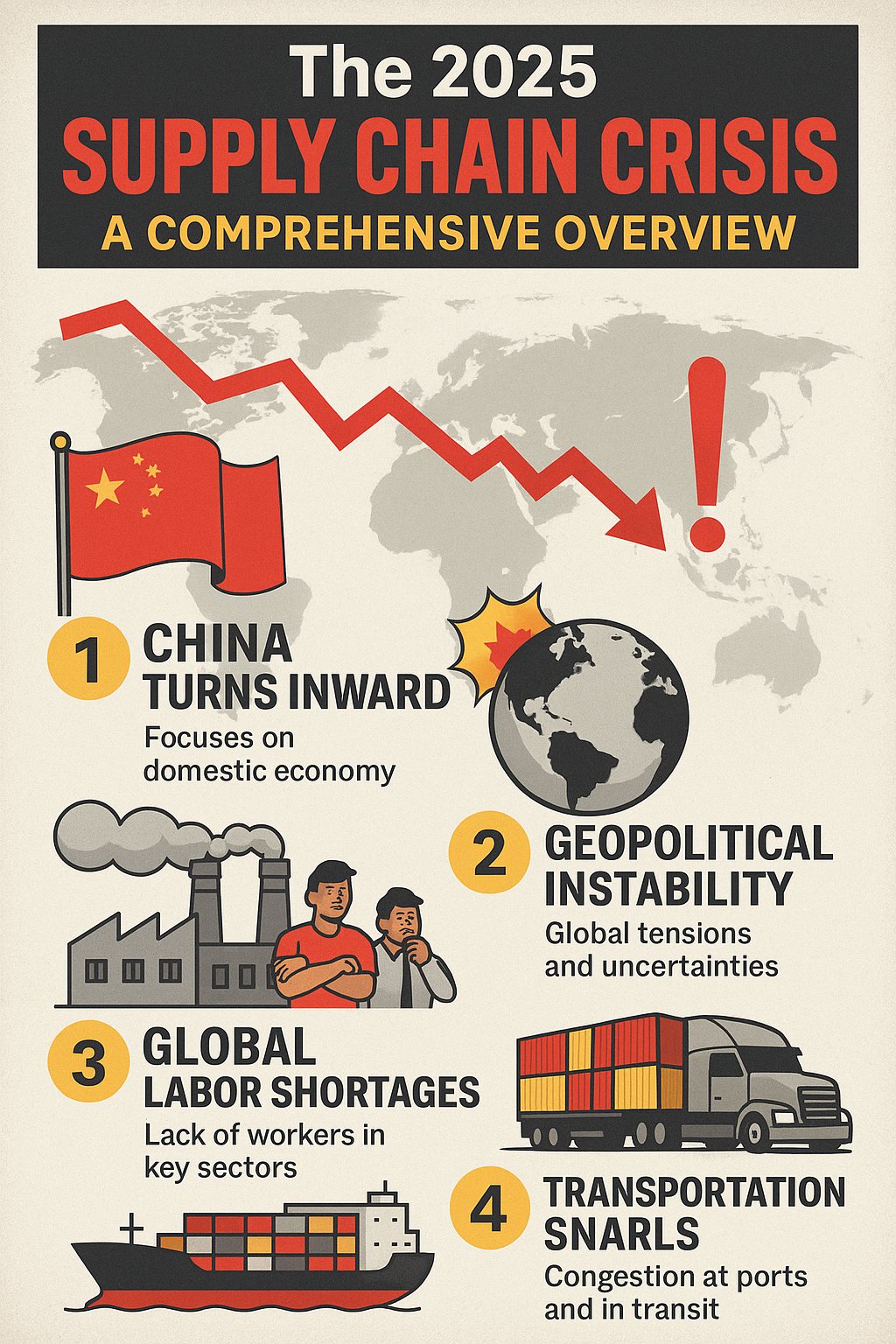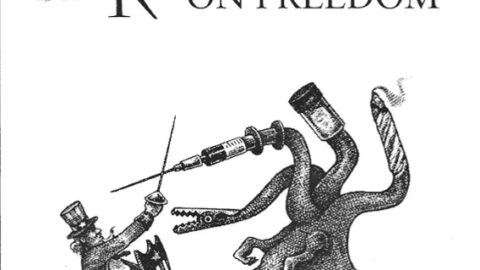In 2025, the global supply chain faces unprecedented disruptions due to escalating trade tensions, particularly between the U.S. and China. These tensions have led to significant challenges in logistics, manufacturing, and consumer markets. Below is a detailed analysis of the current situation:
Trade Tensions and Tariffs
- U.S.-China Trade War: The U.S. has imposed tariffs averaging 145% on Chinese goods, with some reaching up to 245%. In retaliation, China has implemented 125% tariffs on American products.
- Impact on Shipping: Container bookings from China to the U.S. have plummeted by approximately 60%, leading to a significant reduction in cargo shipments.
Shipping and Port Challenges
- Port Congestion: Major U.S. ports, including Los Angeles and Long Beach, are experiencing a 20-30% weekly cancellation rate in shipping lines, reminiscent of early pandemic conditions.
- Global Ripple Effects: Hong Kong’s freight forwarding industry is facing serious challenges, with 41% of container capacity to North America’s west coast canceled.
Retail and Consumer Impact
- Empty Shelves: Retailers like Walmart and Target are bracing for shortages, with expectations of empty shelves and price surges starting around May 10, 2025.
- E-commerce Disruptions: Platforms such as Temu and Shein have raised prices due to increased tariffs, and the end of the de minimis exemption for shipments under $800 has further complicated cross-border e-commerce.
Pharmaceutical Supply Concerns
- Drug Shortages: The U.S. relies heavily on imported pharmaceuticals, with 80% of ingredients coming from China. Tariffs could lead to increased drug prices and potential shortages, particularly affecting generic medications.
Manufacturing and Reshoring Efforts
- Reshoring Challenges: Efforts to move manufacturing back to the U.S. face obstacles, including the need for equipment and expertise that are currently concentrated in China. Additionally, the cost and time required to establish domestic production facilities are significant.
Economic and Societal Implications
- Inflation and Consumer Behavior: The tariffs are contributing to inflation, with consumers facing higher prices for essential goods. This economic strain is leading to changes in consumer behavior, including reduced spending and increased demand for cash transactions.
- Potential for Digital Currency Adoption: The disruptions are accelerating discussions around Central Bank Digital Currencies (CBDCs) and Universal Basic Income (UBI) as potential solutions to economic instability.
Future Outlook
The current supply chain crisis is a complex issue with no immediate resolution in sight. While negotiations between the U.S. and China may eventually ease tensions, the long-term effects on global trade, manufacturing, and consumer markets are likely to persist. Businesses and consumers alike must adapt to this new landscape, emphasizing resilience and flexibility in operations and purchasing behaviors.
Note: This overview is based on the most recent data and reports available as of May 2025. The situation is dynamic, and ongoing developments may further influence the global supply chain landscape.






